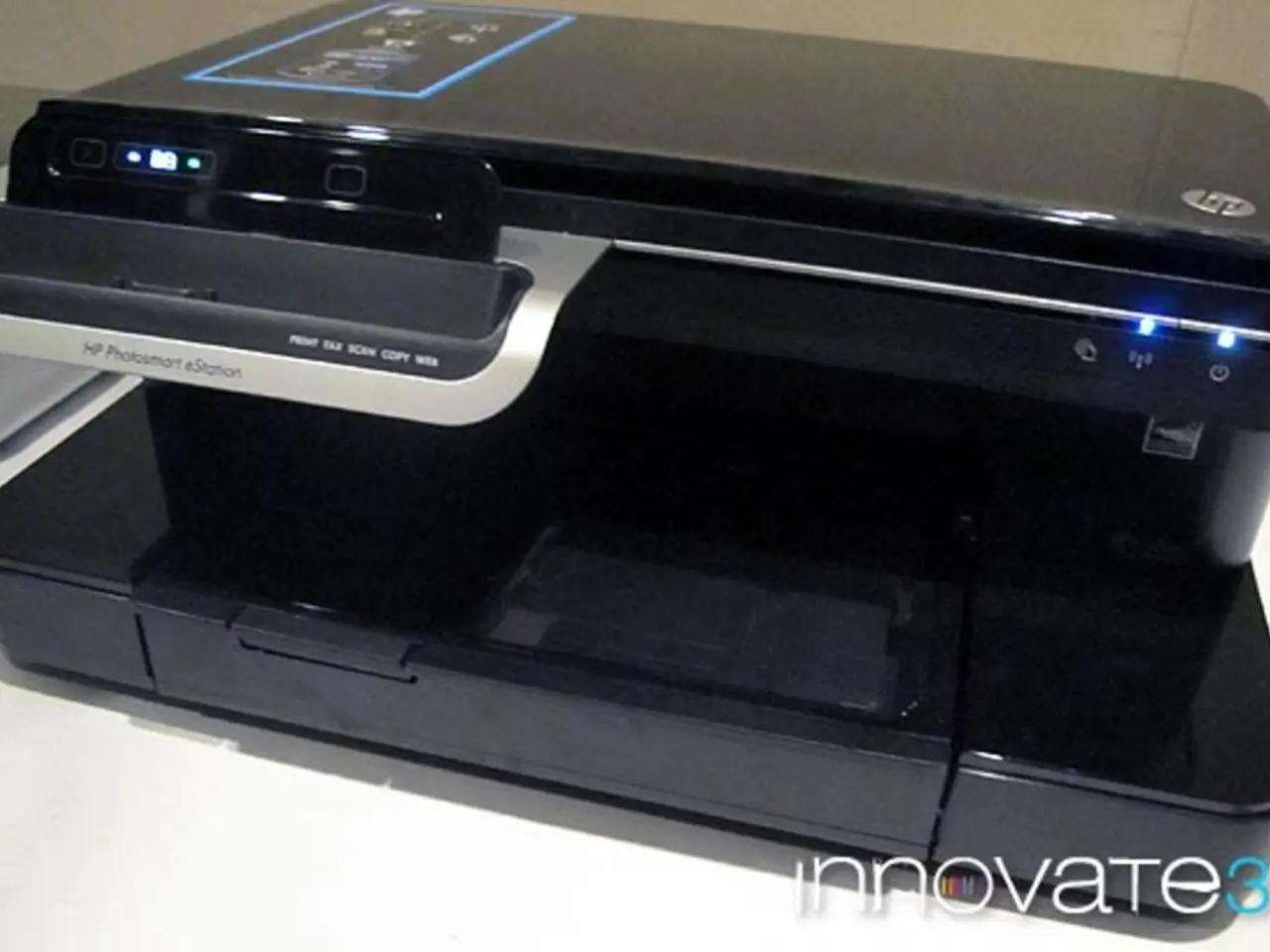Exploring the Art Gallery Evolution: Immersive 3D Showcases
In the ever-evolving world of art, a new frontier is emerging, transforming the way we create, consume, and appreciate art. 3D exhibitions are revolutionizing the art gallery industry, bringing art to a wider audience and reshaping the art sales and market.
Current trends in 3D art exhibitions reveal a significant shift toward immersive, interactive, and technology-driven experiences. One of the most noticeable trends is the focus on hyper-realistic 3D designs and motion graphics, enriching even traditional formats with depth, realism, and tactile qualities.
Galleries are increasingly incorporating virtual reality (VR) art installations, democratizing access and redefining audience interaction. Social VR platforms enable multiple users globally to share and interact with art in a virtual space simultaneously, blurring the lines between exhibitions and events.
Interactive and generative art systems are another trend, with AI-driven artworks that evolve in real-time, merging human creativity with machine interpretation to create living artworks. Remote and networked access via VR technology allows people worldwide to engage with art remotely, broadening audience reach and inclusivity.
The future implications of 3D exhibitions are far-reaching. Traditional exhibition formats may become obsolete as immersive VR environments and interactive 3D installations replace static displays, fundamentally changing how art is experienced and understood. The shift in gatekeeping and market dynamics, with new players like VR curators, platform owners, and NFT marketplaces gaining influence, is another significant change.
The evolving role of artists, curators, and audiences as co-creators, particularly through AI and generative systems, signals a shift toward collective creativity and distributed authorship, challenging traditional notions of artistic ownership. Greater accessibility and inclusivity are also expected, as VR and 3D exhibitions reduce physical and geographic barriers, democratizing access to contemporary art.
Advancements in 3D technology, such as high-definition scanning techniques and interactive virtual environments, are revolutionizing the art gallery experience. Digital platforms enable the exploration of interactive exhibits, incorporating multimedia elements and unique presentation styles that enhance the viewer's experience.
The rise of digital art galleries brings a refreshing perspective to the art world, offering artists the opportunity to exhibit their works in virtual spaces that transcend the limitations of physical locations. Potential drawbacks and concerns, such as the viability of art galleries, the digital divide, and the loss of human connection, are being addressed as the industry adapts to this new landscape.
Art enthusiasts can now experience the feeling of being in an actual gallery, walking through virtual rooms and admiring artworks up close. The future impact of 3D exhibitions includes widening audience reach, evolving artistic practices, and shifts in art sales and market.
Art galleries must find ways to adapt to the digital landscape and continue providing value to art enthusiasts while embracing 3D exhibitions and virtual platforms. Opportunities for collaboration in the future of art galleries lie in the realm of 3D exhibitions, as they open up endless opportunities for collaboration between artists, technology experts, art galleries, and online platforms.
The Vatican Museums' 3D Exhibitions provide an immersive experience, allowing viewers to navigate through the museum's halls, zoom in on details, and read informative descriptions. 3D exhibitions and online viewing rooms are transforming the art world, making art more accessible and enhancing the overall appreciation and understanding of art.
Art Basel's Online Viewing Rooms offer a platform for collectors and art enthusiasts to explore and acquire contemporary art from galleries around the globe. As the art world continues to evolve, art galleries must ensure that they continue to cater to individuals from all walks of life, embracing both physical and digital platforms to bridge the digital divide.
In conclusion, 3D exhibitions are poised to revolutionize the art gallery industry by providing a seamless and engaging experience. This technology offers artists the opportunity to showcase their creations to a global audience, without the limitations of distance or travel. Art galleries must find ways to strike a balance between the virtual and physical realms, ensuring that human connection remains a vital part of the artistic journey.
- Gadgets like virtual reality headsets and other technology-driven devices are essential in enhancing the immersive and interactive experiences offered by 3D art exhibitions.
- The integration of technology in art galleries also expands the entertainment aspects of visiting an art gallery, making it more engaging and attractive for a broader audience.




